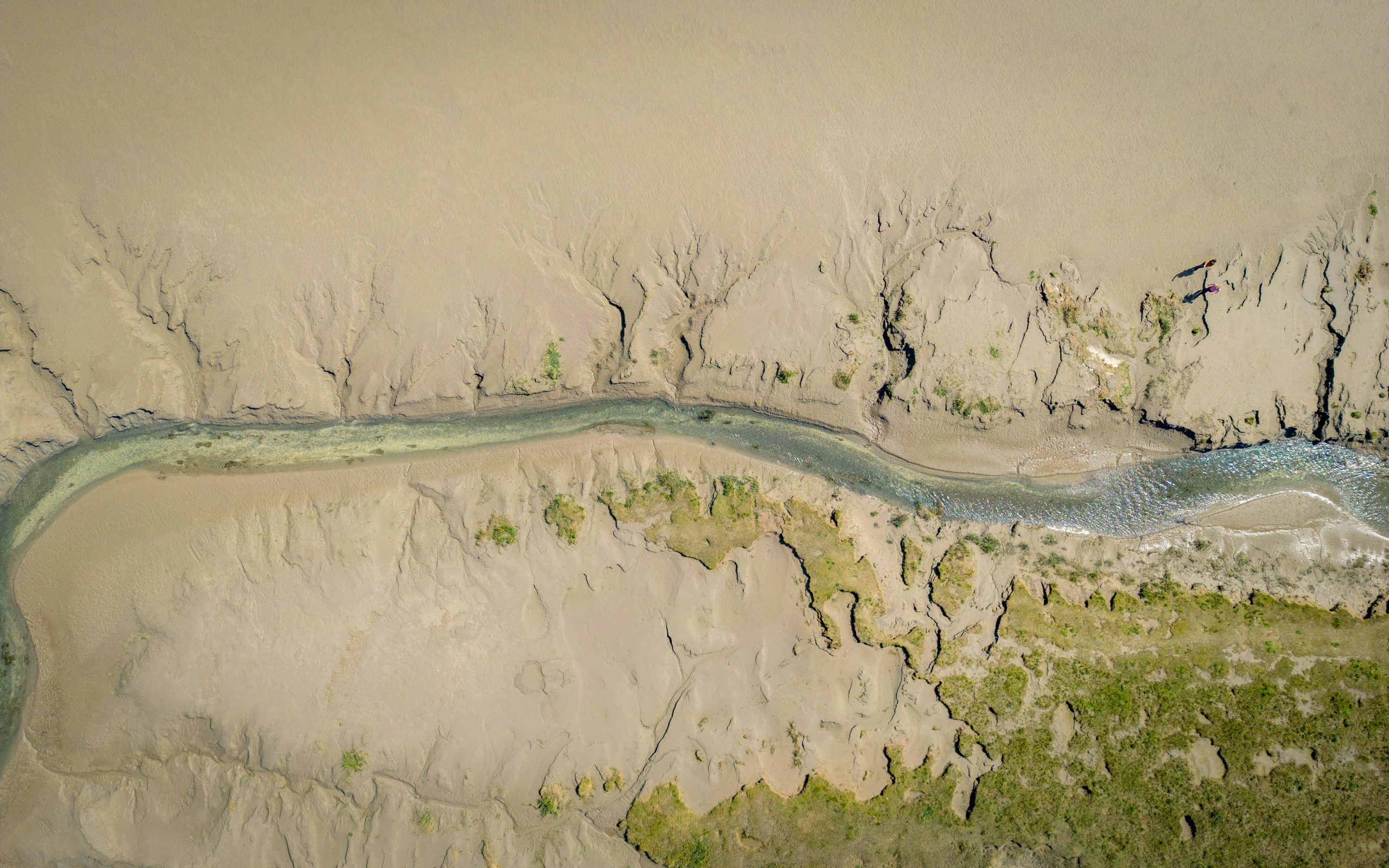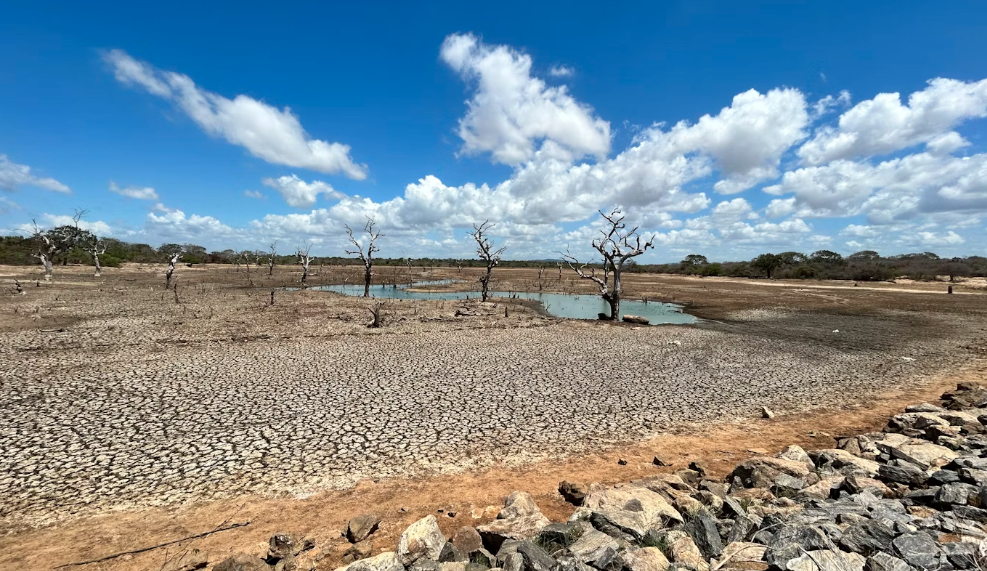Extreme weather events, including floods, droughts, wildfires, and heatwaves, are increasing in frequency and severity, posing critical threats to human livelihoods, biodiversity, and economic stability. Understanding and predicting these events is essential for developing effective mitigation and adaptation strategies. Artificial Intelligence (AI) has emerged as a transformative tool in climate science, offering advanced capabilities for detection, forecasting, impact assessment, and risk communication.
This paper presents a comprehensive review of AI applications in extreme event modeling, emphasizing its role in improving early warning systems and decision-making frameworks. Traditional statistical approaches often fall short in capturing the complex, multi-dimensional interdependencies that characterize extreme climate events. AI-driven methodologies, particularly machine learning (ML) and deep learning (DL), have significantly enhanced the ability to detect, analyze, and predict these events by leveraging vast amounts of heterogeneous data, including satellite imagery, climate models, and real-time sensor inputs.
The study identifies four key areas where AI is revolutionizing climate science:
- Detection and Identification: AI methods, including computer vision and anomaly detection techniques, enhance the recognition of extreme weather patterns, outperforming traditional threshold-based methods. These models integrate diverse datasets to provide more accurate and timely detection of emerging climate threats.
- Prediction and Forecasting: AI-powered predictive models offer improved accuracy in forecasting extreme events by analyzing large-scale climate variables and learning complex, non-linear relationships. Hybrid models that combine AI with physical climate simulations provide robust predictions for various timeframes, from short-term weather forecasts to long-term climate projections.
- Causal Inference and Explainability: Understanding the underlying drivers of extreme events is crucial for effective policy-making. AI techniques, such as Explainable AI (XAI) and causal inference, help interpret model outputs, making climate predictions more transparent and actionable. These approaches facilitate a deeper understanding of climate dynamics, enabling researchers and policymakers to identify the key factors contributing to extreme weather.
- Risk Communication and Decision Support: AI plays a crucial role in improving the communication of climate risks. Large language models (LLMs) and AI-powered decision-support systems enhance real-time situation analysis and disaster response. By tailoring warnings and risk assessments to specific communities, AI helps improve public awareness and disaster preparedness.
Despite its potential, the integration of AI into climate science presents several challenges. The scarcity of labeled data, biases in historical records, and the need for interpretable models remain key obstacles. Additionally, ensuring the reliability, fairness, and ethical deployment of AI-driven climate solutions is critical to gaining public trust and regulatory approval.
The paper concludes by emphasizing the need for interdisciplinary collaboration between climate scientists, AI researchers, policymakers, and stakeholders. By developing trustworthy and scalable AI solutions, the scientific community can significantly enhance climate resilience and disaster risk management. Future research should focus on refining AI-driven attribution methods, improving model calibration, and addressing ethical considerations to ensure equitable access to climate intelligence.
In an era of escalating climate risks, AI stands as a powerful ally in the fight against extreme weather events. By harnessing AI’s potential, society can move towards a more proactive and adaptive approach to climate resilience, ultimately saving lives and minimizing socio-economic disruptions.
Camps-Valls, G., Fernández-Torres, MÁ., Cohrs, KH. et al. Artificial intelligence for modeling and understanding extreme weather and climate events. Nat Commun 16, 1919 (2025). https://doi.org/10.1038/s41467-025-56573-8




